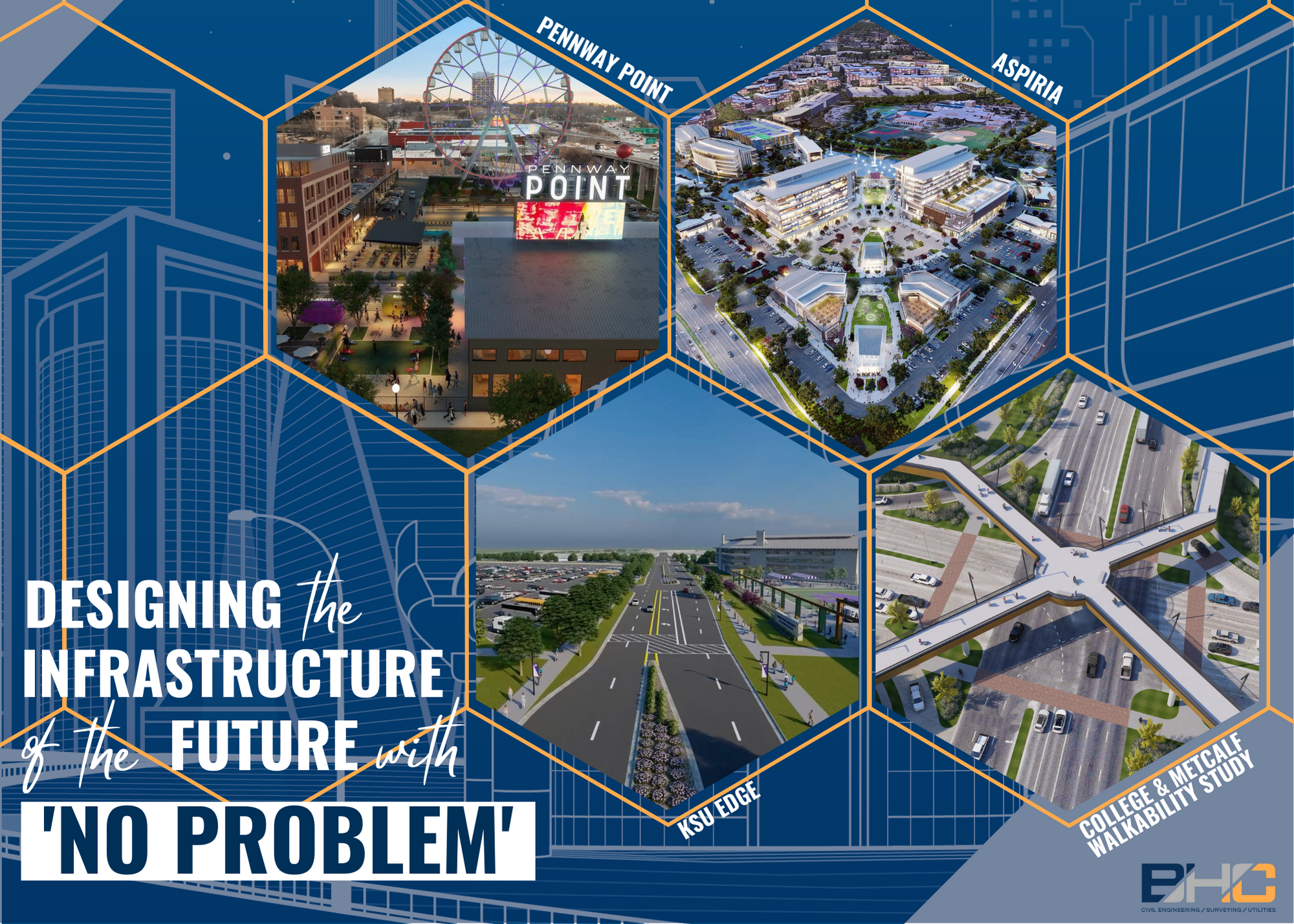Creating The Future Through Engineering Innovation

Engineers reimagine the possible with each new day, designing new systems and improving processes that directly impact our world. From street improvement to city skylines, they begin at the earliest stages of each project. The word project in itself can reference just about anything, which is exactly what engineers are responsible for (just about anything). If it isn’t a naturally occurring structure or object, chances are a few engineers were involved. Now that I’ve told you nothing and everything about engineering all at once, what do you think? Pretty cool, huh? Put simply, engineers take existing data and concepts to formulate new products and improve current ones. The projects of today improve our future, thanks to the engineers behind the scenes.
It’s not just about things that look futuristic, like the recent SoFi Stadium, or the VIA 57 Pyramid building in New York, it’s also about sustainability and the positive future impacts resulting from the project. In today’s era, the modern engineer will consider factors like how a particular building affects a parcel of land, energy efficiency, carbon emissions, and the materials used in construction. Although these factors are focused on the environment, they improve overall community health and enhance our quality of life. Think about the invention of the wheel, or the start of the Internet, primitive during their early stages yet now we have self-driving cars and the ability to stream information almost anywhere. Engineers have given us this opportunity through trial and error, critical thinking, and most importantly, applied imagination.
Engineers may not be kicking out tractor beams and warp drives…yet, but what they are doing is finding new, innovative ways to use resources and solve problems for our society. There are many potential outcomes when it comes to innovative design, such as sustainability initiatives and environmental well-being, economic improvement or encouragement, or societal impacts like improved connectedness and public facilities.
CopenHill is a clean waste-to-energy plant in Copenhagen, Denmark, often called one of the most sustainable cities in the world. What’s special about this building, however, is its mixed-use capabilities. Innovative engineers were able to successfully incorporate community lifestyle and health into a powerplant design. The building’s interior houses the waste incinerator while the rest is left for public use with a ski slope, rock climbing wall, and walking trails on the roof. Did you ever think it possible that an industrial plant could attract tourists and bolster the local economy? This is a prime example of how engineers combine the knowledge they have across different segments and apply it to the development of a new facility or product.
This same ideology is being applied in the Metro, through the development of a new terminal at the Kansas City International Airport. The use of electric buses to connect parking structures and the potential addition of a solar farm are just a few of their environmental initiatives. The Royals recently announced plans to relocate Kauffman Stadium, their home since 1973, into the downtown district of Kansas City. While there is no timeline for this project, this exciting move will undoubtedly impact City infrastructure, and how the population travels across the Metro. Consider the impact of the Power & Light District, since construction it has improved our City’s economy, culture, and sparked apartment developments One Light and Two Light. Initiatives like Vision Zero will aid in this process, although it is ultimately up to the engineers to design and incorporate these changes.
As we move further into this technological age we’ve become more focused on the well-being of one another as well as the planet. Thankfully, the engineers are looking out for us by creating the infrastructure that keeps us connected. While Kansas City continues to grow and uncover new opportunities, engineers will be at the forefront providing design, presenting unique solutions, and serving as agents of progress.
This week serves as a reminder that engineers are all around us, and what we see in our cities and towns would not be possible without their creativity and foresight. We always aim to positively impact everyday living with our ‘No Problem’ attitude and through community development, connectivity, and safety in the world around us.
